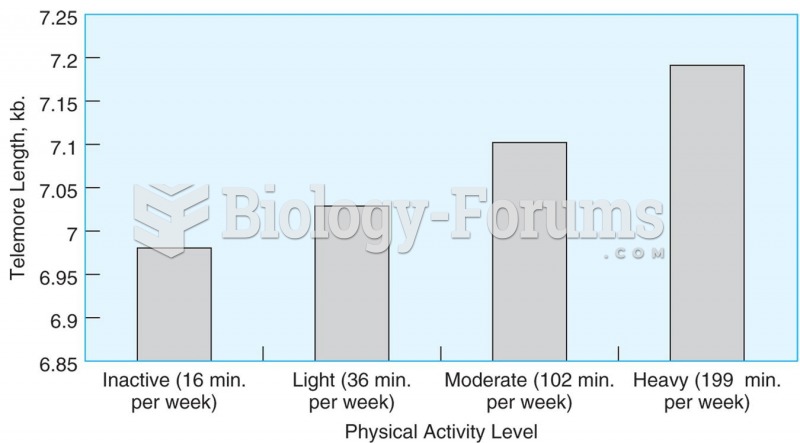|
|
|
The use of salicylates dates back 2,500 years to Hippocrates’s recommendation of willow bark (from which a salicylate is derived) as an aid to the pains of childbirth. However, overdosage of salicylates can harm body fluids, electrolytes, the CNS, the GI tract, the ears, the lungs, the blood, the liver, and the kidneys and cause coma or death.
As many as 20% of Americans have been infected by the fungus known as Histoplasmosis. While most people are asymptomatic or only have slight symptoms, infection can progress to a rapid and potentially fatal superinfection.
The top five reasons that children stay home from school are as follows: colds, stomach flu (gastroenteritis), ear infection (otitis media), pink eye (conjunctivitis), and sore throat.
Human stomach acid is strong enough to dissolve small pieces of metal such as razor blades or staples.
In inpatient settings, adverse drug events account for an estimated one in three of all hospital adverse events. They affect approximately 2 million hospital stays every year, and prolong hospital stays by between one and five days.
 Transdermal patch administration: (b) patch immediately applied to clean, dry, hairless skin and lab
Transdermal patch administration: (b) patch immediately applied to clean, dry, hairless skin and lab
 Richmond, Virginia, lies in ruins in April 1865 at the time of Lincoln’s visit—and a few days before
Richmond, Virginia, lies in ruins in April 1865 at the time of Lincoln’s visit—and a few days before





